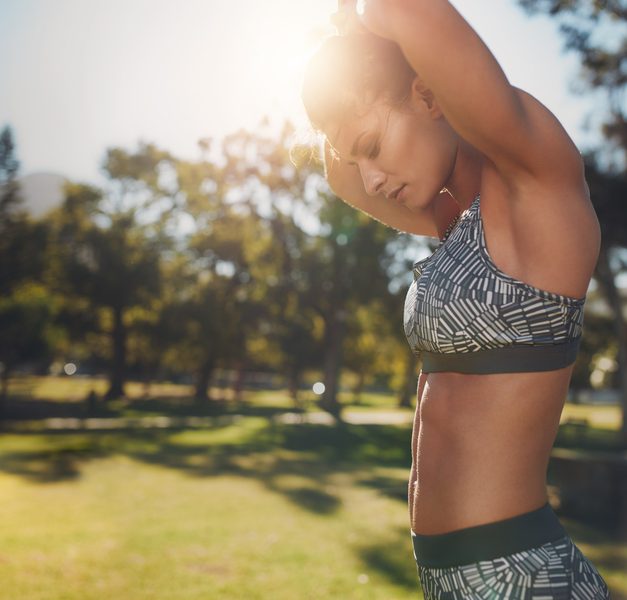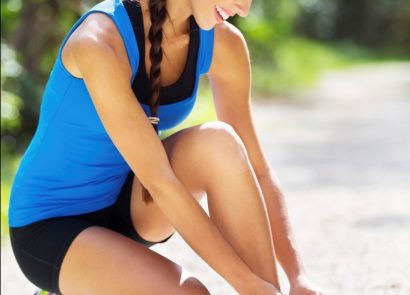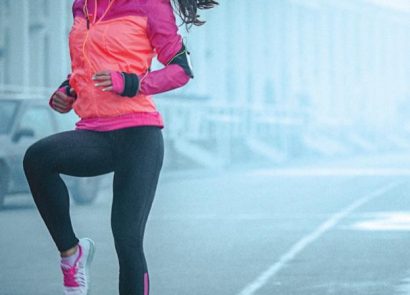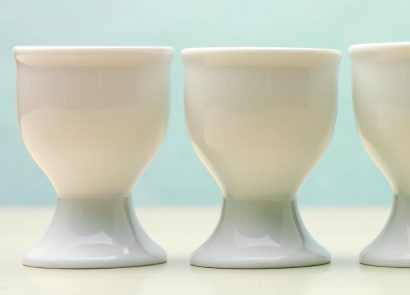Unless you’ve been hiding under a rock recently you’ll have noticed that short, sharp workouts are making waves in the fitness world. And it would seem that HIIT is still HOTT in 2015! Why are we still lusting over plyo leaps and lunges? Tabata training delivers fast results in half the time. Plus it’s hard to get bored during a super-set of burpees, squats and box jumps. Forget slogging away for an hour-long treadmill session, shorter bursts of extreme exercise are here to stay!
This popular training style is a huge hit (excuse the pun) with personal trainers, often considered the holy grail of workouts, but our bodies can feel more hurt than hot by the end of a sweaty session. And while the endorphin rush and improved speed, strength and endurance can leave you chomping at the bit to get back to the gym, it’s just as important to give your sore limbs time to rest and recover *puts the kettle on and feet up*.
Chill out
In light of these harder, quicker workouts, there’s a new fitness trend on the horizon: recovery classes. Pushing your body to the limit can offer amazing results, but these explosive exercises can also leave you open to injury. That’s why more and more gyms are starting to introduce post-workout self-care classes, treatments and nutrition to give you the best start in the recovery process. Think foam rollers, medicine balls and deep tissue massages.
“Building recovery time into any training programme is important; this is the time your body adapts to the stress of exercise and the real training effect takes place,” explains fitness instructor Pamela Lai at Slice Studios in Fulham. “Recovery also allows the body to replenish energy stores and repair damaged tissues. This is especially important when training with highintensity programs such as HIIT.
“But this doesn’t have to mean complete rest! Active recovery is proven to be beneficial to the post high-intensity workout; it should involve low-intensity exercise such as yoga and Pilates, which will not only be beneficial to the recovery of energy and restore your muscles, but will also aid joint mobility. In addition, there’s also a psychological benefit; movement has been proven to have the capability to elevate mood.”
Keep calm and cool down
Nowadays it’s easier than ever to book yourself into a prehab session, regeneration class or even a post-workout recovery massage to soothe your hard-worked limbs. Popular exercise haunts like the Lomax Gym, Third Space, Frame and Equinox have a plethora of conditioning classes, wellbeing centres and healthy on-site cafés to help you refuel and revive post-gym. So now you can combine your training with a restorative yoga workout, warm-down in the spa or protein shake at the Fit Food Cafe (Lomax Gym).
“High intensity interval training is, as the name suggests, intense,” says Chris Foster, Nuffield Health professional head of fitness. “As such, it’s important to allow sufficient recovery time between sessions.
Allowing 48 hours between workouts will help you to recover and reduce injury risk. A short dynamic cool down will help to remove lactic acid from the muscles, and also lower your blood pressure and heart rate to resting levels. The post-workout ‘anabolic window’ is somewhat of a myth, but consuming 3-4 balanced meals throughout the day containing quality sources of protein, carbohydrates and fats will replenish glycogen stores and support muscle protein synthesis.”
Fuel your fitness
Recovery post exercise:
400ml semi-skimmed A2 milk
2 tsp Australian spirulina powder
2 tsp acai berry powder
20g whey protein isolate powder
20g dextrose
30g ultra-fine Scottish porridge oats
- Blend up and drink within 30 minutes after exercise. After you’ve obliterated the muscle fibres in your legs and had enough lactic acid in your quads to fill an Olympic swimming pool, it’s time to get the repair men in and start the rebuilding process.
- Follow a 3:1 ratio of carbohydrate to protein. Fast-acting sugars will help replenish your glycogen stores, spirulina will create the acid-free zone for optimal recovery and milk helps to rehydrate better than water after exercise. Acia berries are one of nature’s best antioxidant berries and fight those flourishing free radicals to reduce inflammation.
- Finally, whey protein isolate brings the bricks and mortar to the party in the form of amino acids in the fastest way possible.
Evening meal:
1 large steamed salmon fillet
200g steamed quinoa
Large assortment of steamed vegetables
Coconut oil dressing
- So you’ve got home and the burning question is… what shall I eat? Salmon is the best oily fish protein source and contains high doses of omega 3, with proven antiinflammatory properties.
- Quinoa is the perfect gluten-free accompaniment – high-protein and a low-GI carbohydrate source packed full of nutrients, vitamins and minerals.
- Steamed vegetables are companion of choice – high-fibre and a powerhouse of essential nutrients.
Before bed:
1 large multi-seed crisp bread
2 tbsp cottage cheese
- A blend of slow-release casein protein derived cottage cheese and slow release carbohydrate will keep your body feeding long after the midnight oil is burned and let you wake up ready to start the next morning.




















